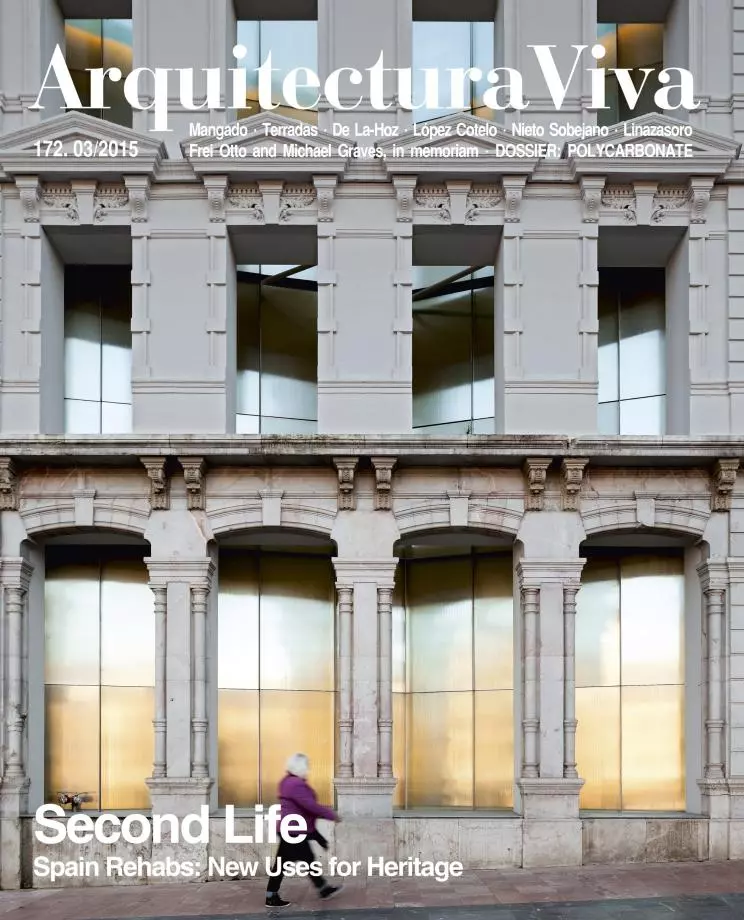
Urbanistic and political condemnation of Operation Chamartín is more justified and necessary now than when it was first put forward, in 1993. In a city, Madrid, of huge pockets of land, the so-called PAUs, with infrastructures already partly built and no reliable middle-term perspectives, Operation Chamartín resurfaces with 320 hectares and 3,160,052 buildable square meters, including 17,000 new dwellings. Again a push for real estate development, blowing air into a new bubble. History teaches nothing to those who can’t read it or don’t want to.
Everything is accelerating to get this business legalized, and the profits of bankers and property developers, public and private, safely armored. Legitimization and bullet-proofing at less than a hundred days before regional and municipal elections that with high probability could well change Spain’s political picture, the ideological credo of its ruling class. A clear show of disloyalty to the democratic process, and of the absence of political elegance.
Building on the already built, citymaking in the city, is a new paradigm. A new way of understanding urban development and the disciplinary instruments of urbanistic practice. Urbanism of extension is being countered by urbanism of requalification, of rehabilitation of the existing city, this meaning making the city more inhabitable, making the most of the opportunities that the consolidated fabric offers in its voids, present and potential, with the reconstruction of areas rendered obsolete and the refurbishment of vulnerable zones. Let us accentuate physical compactness and the mix of activities and people as qualities characterizing the contemporary city, prudently densifying our inherited infrastructures while sponging overflowing zones.
But the DCN (Central Business District) project has little to do with this new urban planning discourse. It is an addition, a new expansion of Madrid which is mobilizing political, technical, and economic resources (6,000 million euros!) that would reap much more profit, socially and physically, if they were used on the hundreds of vacant spaces and buildings, degraded or vulnerable, which are scattered throughout the city. Isolated interventions within the urban fabric that have a regenerating effect on their immediate environments, and even on the city as a whole. In a simple metaphor, we uphold acupuncture as something much more efficient than traumatic prostheses. And Operation Chamartín is a gigantic prosthesis, artificially implanted on the city. More than a prosthesis, an excrescence.
If the conception of the new district is erroneous, the error is accentuated by the frivolity and poverty of the urbanistic development it formalizes, hidden under chichés that want to give them a modern identity, an ‘avant-garde’ one, as the BBVA president said at the public presentation of the project. Compactness and density are confused with incomplete computer graphics showing a concatenation of small Manhattans. Mixing or hybridization are confused with an accumulation of different typologies extracted from magazines and postcards. Put into a cocktail shaker five towers, three perimeter blocks, two or four curved blocks, seasoned with the salt of a pair of ‘skyscrapers’; shake it and tip it over the compact, dense, high-rise, and mixed-use city. Since the postmodern project of 1993, each new proposal has impoverished the disciplinary level of the project. A whole new urban development which is being projected for a horizon of twenty years, without taking into account the logical uncertainty that such a long span of time involves, requires intellectual rigor and a more neutral and flexible development scheme.





